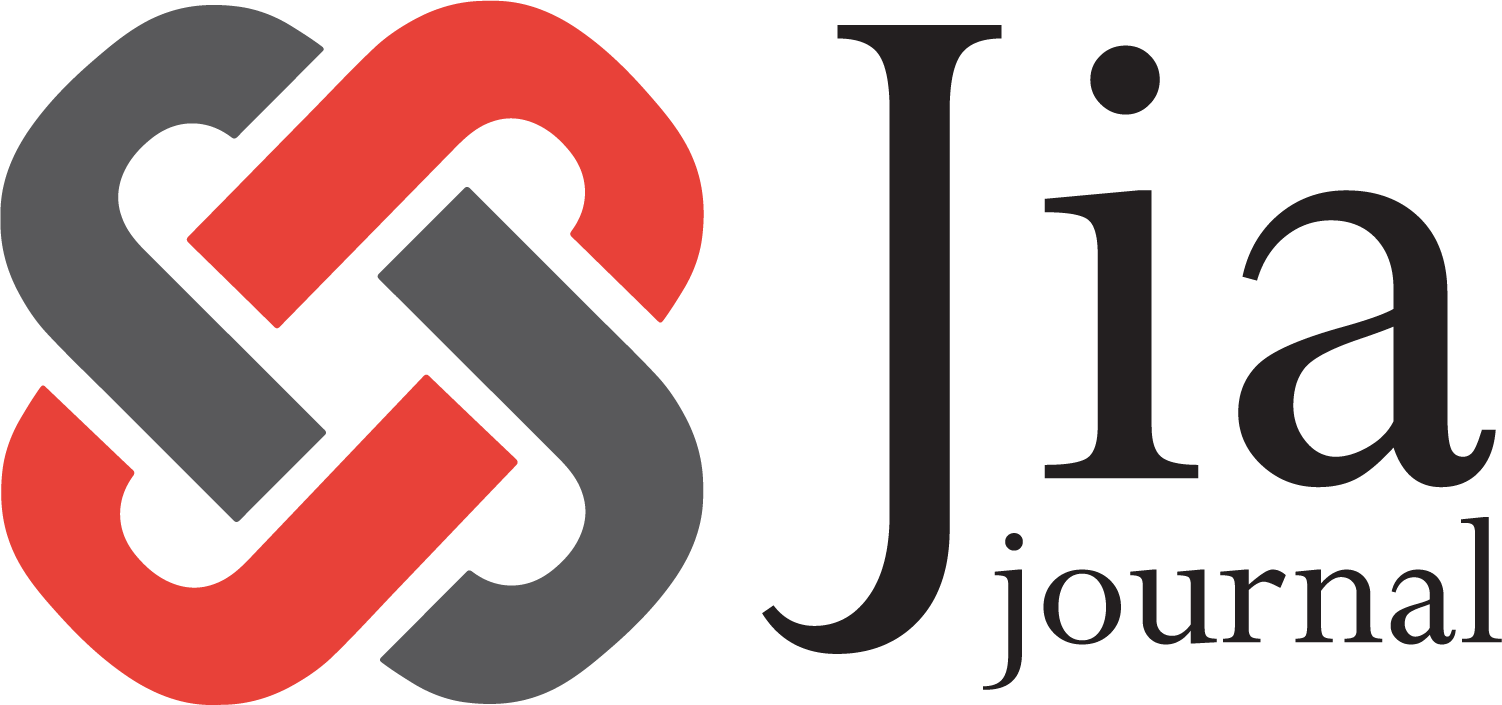İnsanlar tarih boyunca toprağı şekillendirirken, çamurun kendi rengiyle yetinmeyip, farklı renkler elde etmek için seramik bünyelerde ve yüzeylerde doğadan elde edilen renklendiriciler kullanmışlardır. Bunlar, demir, mangan, kobalt, bakır gibi oksitler içerir ve farklı miktarlarda kullanılarak çeşitli renk tonları elde edilmektedir.
Teknolojinin ilerlemesiyle, yeni şekillendirme imkanları ortaya çıkmış ve bunun sonucunda ifade biçimleri çeşitlenmiştir. Seramik malzemelerin biçimlendirilmesinde üç boyutlu yazıcıların kullanılması, üretim süreçlerine yeni perspektifler sunmaktadır.
Üç boyutlu yazıcılar, bilgisayar ortamında oluşturulan modellerin STL formatında kaydedilerek, dilimleyici programlar aracılığıyla katmanlara bölünmesi ile elde edilen g-code dosyalarının, SD kart aracılığıyla üç boyutlu yazıcıya aktarılmasıyla yazıcının istenilen formu şekillendirmesi esasına dayanmaktadır. Oluşturulan g-code dosyası, yazıcının nereye hareket edeceğini, hangi yolu izleyeceğini, ne kadar hızda hareket edeceğini ve formun kaç katmandan oluştuğu gibi komutları içermektedir. Bu komutlar, üç boyutlu yazıcıya aktarılmakta ve tablanın düşey eksende her bir hareketini katman katman işleyerek elle şekillendirilmesi zor olan formların şekillendirilmesini sağlamaktadır.
Bu araştırmada, üç boyutlu yazıcılarla yapılan seramik uygulamalarda, kobalt oksitin belirli oranlarda kullanılmasıyla elde edilen renkli çamurlar kullanılmış ve üç boyutlu yazıcılarda harç yığma tekniğiyle şekillendirilmiştir. Bu uygulama çalışması ile üç boyutlu yazıcı teknolojisi ve renkli çamurun sunduğu görsel olanaklar gözlemlenmiştir. Ayrıca seramik malzeme ile çalışan üç boyutlu yazıcılarda renkli çamur kullanan sanatçıların çalışmalarından örnekler ile uygulama çalışması arasında karşılaştırmalar yapılmıştır.
Throughout history, while shaping the earth, people have not been content with the color of the clay itself, but have used colorants obtained from nature in ceramic bodies and surfaces to obtain different colors. These include oxides such as iron, manganese, cobalt and copper and are used in different amounts to obtain various shades of color.
With the advancement of technology, new shaping possibilities have emerged and as a result, forms of expression have diversified. The use of three-dimensional printers in the shaping of ceramic materials offers new perspectives to production processes.
Three-dimensional printers are based on the principle that the models created in the computer environment are saved in STL format and the g-code files obtained by dividing them into layers through slicer programs are transferred to the three-dimensional printer via SD card and the printer shapes the desired form. The created g-code file contains commands such as where the printer will move, which path it will follow, how fast it will move and how many layers the form consists of. These commands are transferred to the three-dimensional printer, which processes each movement of the table in the vertical axis layer by layer, enabling the shaping of forms that are difficult to shape manually.
In this research, in ceramic applications made with three-dimensional printers, colored clays obtained by using cobalt oxide in certain proportions were used and shaped by mortar stacking technique in three-dimensional printers. With this application study, the visual possibilities offered by three-dimensional printer technology and colored clay were observed. In addition, comparisons were made between examples of the works of artists using colored clay in three-dimensional printers working with ceramic materials and the application study.

By subscribing to E-Newsletter, you can get the latest news to your e-mail.